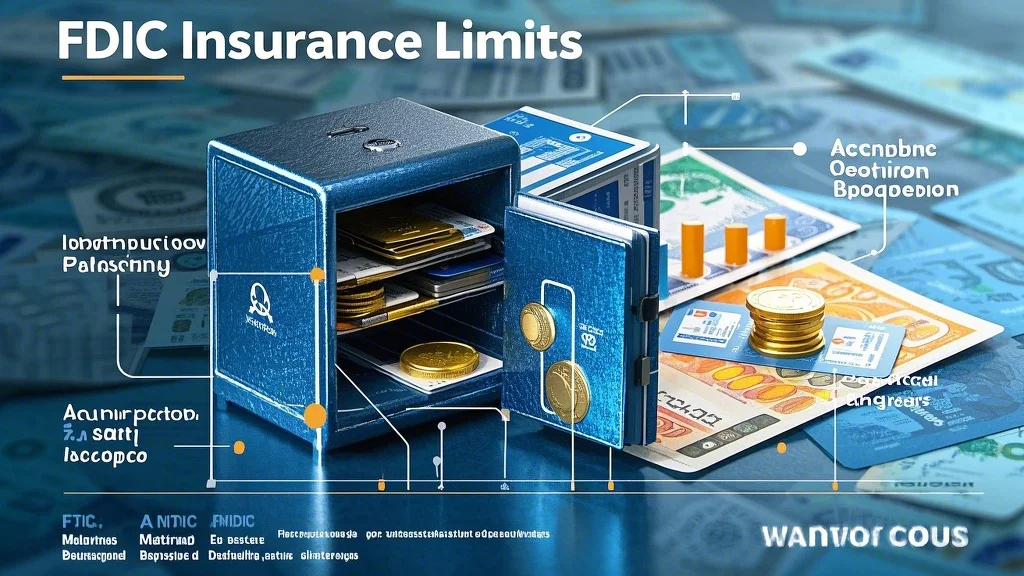Navigating the Global Gold Investment Depository Fees Landscape
The fascination with gold as a hedge against economic uncertainty has grown exponentially in recent years. From investors seeking to diversify their portfolios to governments safeguarding their reserves, the demand for secure gold storage solutions has surged. At the heart of this demand lies the critical factor of gold investment depository fees. These fees, which vary significantly across regions and service providers, play a pivotal role in shaping the overall cost of gold ownership.

Understanding the intricacies of depository fees is essential for investors aiming to optimize their returns. Whether you’re considering a storage facility in Switzerland, the United States, or新加坡, the fees can impact your investment strategy in ways you might not expect. This article delves into the global cost comparison of gold investment depository fees, providing insights into the factors that influence them and how investors can navigate this complex landscape.
The Role of Geography in Gold Storage Costs
One of the most significant factors influencing depository fees is geography. Countries known for their robust financial systems and secure storage facilities, such as Switzerland, the United States, and新加坡, tend to charge higher fees due to the added security measures and regulatory compliance. On the other hand, regions with emerging markets or less developed financial infrastructure may offer lower fees, but with trade-offs in terms of security and accessibility.
For instance, Switzerland’s Swiss Goldbach Storage is renowned for its secure vaults and specialized insurance, making it a preferred choice for high-net-worth individuals. However, these premium services come at a cost, often starting at 0.5% to 1% of the gold’s value per year. In contrast, storage facilities in countries like India or Thailand may offer lower fees, ranging from 0.2% to 0.5%, but regulatory oversight might be less stringent, raising concerns about the safety of investments.
The Impact of Market Demand
The demand for gold storage services is another critical determinant of depository fees. In regions where gold investment is booming, such as Asia and the Middle East, storage facilities often experience higher occupancy rates, leading to upward pressure on fees. Conversely, in areas where gold investment is less widespread, storage providers may offer competitive pricing to attract clients.
For example, the rise of gold-backed ETFs (Exchange-Traded Funds) in China and India has created a surge in demand for secure storage solutions. This increased demand has not only driven up fees but also led to the establishment of new storage facilities to meet the growing needs. On the flip side, in regions like Europe, where gold investment is more mature, storage providers often face competitive pricing pressures, leading to more reasonable fee structures.
The Role of Technology and Security
In the modern era, the integration of technology into gold storage solutions has redefined depository fees. State-of-the-art facilities equipped with biometric authentication, real-time monitoring, and advanced encryption systems often command premium fees. These technological advancements not only enhance security but also provide investors with greater transparency and control over their assets.
For instance, digital gold storage platforms, which allow investors to purchase and store gold electronically, are gaining popularity due to their lower fees and higher liquidity. These platforms typically charge between 0.1% to 0.3% annually, making them an attractive option for small to medium investors. However, traditional vault storage, while more secure, often carries higher fees due to the physical infrastructure and security measures involved.
Emerging Trends in Gold Investment Fees
The global gold investment landscape is continually evolving, with new trends reshaping the fee structure. One such trend is the rise of fractional ownership, where investors purchase stakes in larger gold bars rather than owning physical gold. This approach not only reduces storage costs but also makes gold investment more accessible to a wider audience. Fractional ownership platforms often charge fees ranging from 0.2% to 0.5% annually, depending on the size of the investment.
Another notable trend is the increasing use of cryptocurrency to facilitate gold transactions. Blockchain technology is being integrated into gold storage solutions to enhance transparency and reduce fees associated with traditional banking systems. These innovations are particularly appealing to tech-savvy investors who prioritize efficiency and cost-effectiveness.
Choosing the Right Gold Investment Depository: A Global Cost Comparison
When it comes to selecting a gold investment depository, the decision hinges on a careful balance between cost, security, and accessibility. While lower fees may seem appealing, it’s crucial to assess the overall value proposition offered by the storage provider. This section provides a comparative analysis of depository fees across key regions, helping investors make informed choices.
A Global Cost Breakdown
United States:
Gold storage fees in the U.S. typically range from 0.3% to 1.5% annually, depending on the storage facility and the scale of the investment. Majors like South Dakota Storage and Vaultoro offer competitive pricing, with fees starting at 0.4% for large investments. The U.S. is known for its favorable regulatory environment, making it a popular choice for international investors.
Switzerland:
Switzerland remains a global hub for secure gold storage, with fees ranging from 0.5% to 2% annually. Companies like GSS Swiss Storage and Palladium Storage provide premium services with state-of-the-art security. While the fees are higher, the added security and reputation of Swiss facilities often justify the cost for high-value investors.
United Kingdom:
The U.K. offers a mix of traditional and innovative storage solutions, with fees typically ranging from 0.3% to 1.2%. Platforms like BullionVault and GFG Global are increasingly popular due to their user-friendly interfaces and competitive pricing. The U.K. also benefits from its strong regulatory framework, ensuring transparency and investor protection.
Singapore:
Singapore has emerged as a key player in the gold storage market, with fees ranging from 0.2% to 1% annually. Facilities like Ogden Precious Metals and APS Gold Storage provide secure solutions with transparent fee structures. Singapore’s strategic location and robust financial regulations make it an attractive option for Asian investors.
India:
India’s gold storage fees are among the lowest globally, ranging from 0.1% to 0.5% annually. However, the sector is still evolving, with many facilities focusing on domestic rather than international investors. Players like Good Returns and E-Gold are gaining traction, offering affordable solutions for Indian investors.
China:
China’s gold storage market is rapidly expanding, with fees ranging from 0.3% to 1%. Companies like Shandong Gold Group and CGB Storage are leading the charge, leveraging their extensive networks to cater to both domestic and international clients. The growing demand for gold in China has led to increased competition, driving down fees and enhancing service quality.
Factors to Consider When Choosing a Depository
Security Measures:
The security of your gold investments should be your top priority. Look for facilities with advanced security systems, insurance coverage, and a proven track record.
Regulatory Environment:
Ensure that the storage provider operates in a region with strong regulatory oversight to protect your investments and provide legal recourse in case of disputes.
Transparency:
Choose a provider that offers clear and transparent fee structures, along with detailed reporting on your gold holdings and transactions.
Accessibility:
Consider the ease of accessing your gold investments, including the ability to buy, sell, and transfer assets seamlessly.
Technology Integration:
Opt for facilities that leverage technology to enhance security, transparency, and user experience. This includes digital storage platforms and blockchain-based solutions.
Final Thoughts
The global gold investment depository fees landscape is intricate, with costs varying significantly across regions and service providers. While lower fees may tempt investors, it’s crucial to evaluate the overall value proposition of each provider. By considering factors such as security, regulatory compliance, transparency, and accessibility, investors can make informed decisions that align with their financial goals.
In an increasingly competitive global market, the right choice of gold storage facility can make a substantial difference to your investment returns. As you navigate the global gold investment arena, keep in mind that a well-informed decision today can yield long-term benefits tomorrow.




